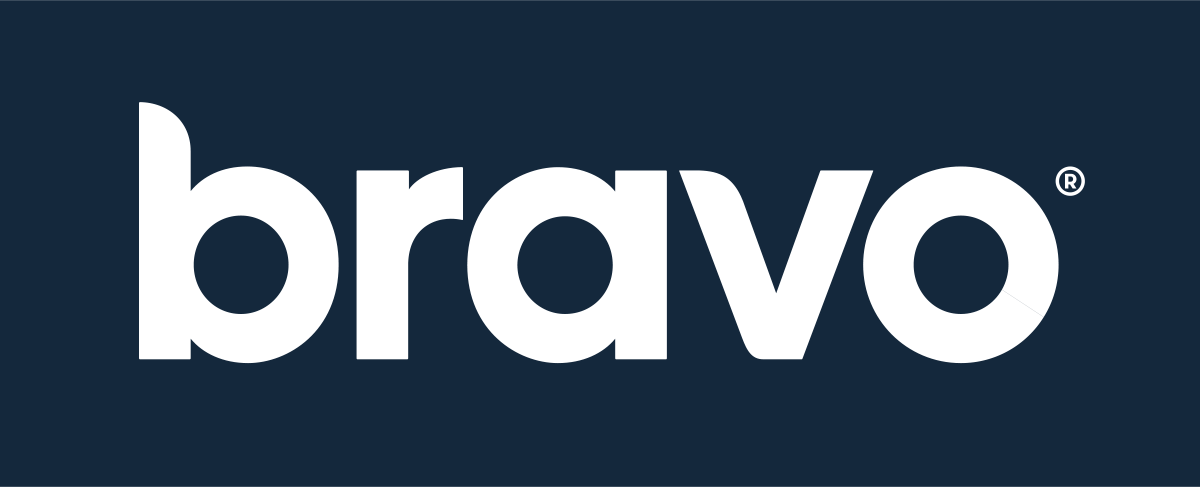It takes a lot to keep an organization running like a well-oiled machine; and well-oiled machines produce better outcomes, profit margins and have the best chance at making the most of well-suited investments.
Allowing money or time to slip through the cracks or go to waste can quickly deter progress on any initiative.
Of course, this is all easier said than done. When it comes to abstract, highly impactful initiatives like an employee wellness program, it can be challenging to assess its value and ensure the investment is worth it.
Impact of Employee Wellness Programs: Culture is King
Before we dive into VOI or ROI for employee wellness programs, it’s vital to address the importance and impact of culture on the success of any business initiative.
To get the best from your workforce, your organizational culture must simultaneously focus on company goals and employees’ total quality of life – from work/life balance, to physical and emotional health, to social and financial wellbeing.
We can set our corporate plans, processes, market strategies and sales goals. But when it comes to determining success, they all pale in comparison to the culture we create and foster within our companies.
Wellness has more than just a supporting role to play in the development of a high-performing culture.
Integrating a customized employee wellness program into your culture that empowers employees to make healthy lifestyle choices can help improve company culture and employee productivity.
VOI & ROI for Employee Wellness Programs: Where to Start?
No corporate or organizational culture is the same, and not all companies face the same challenges or share the same level of achievement.
To develop a strong culture, wellness needs to meet your company where it’s at.
The problem is that the corporate wellness narrative has shifted towards an overly perspective approach to what wellness should and shouldn't solve, as if all companies share the same goals.
Wellness Program Goals |
Data Points |
Measurement Type |
|
Medical, disability and workers compensation claims, aggregated health risk data, absenteeism data, etc. This data is usually more readily available and, therefore, can be easier to evaluate. |
ROI |
|
Data for these reasons/whys prove to be more difficult to exactly measure because, as “softer measures,” they are usually self-reported and impacted by more than just a work-offered wellness program. |
VOI |
The Results of VOI versus ROI Debate: If You Value Something, Measure It
Wellness vendors, consultants and researchers over the past five years have argued that value on investment, or VOI, is a more useful measure than a return on investment (ROI). They figure that “return on investment” has a far too limited focus and has its place in corporate wellness’ past rather than the future.
What results is a heavy push for metrics to demonstrate the broader impacts of corporate wellness. Instead, your wellness vendor should work with you to define a “successful program” in objective terms that your leadership team can wholeheartedly support.
The other unintended consequence of the VOI versus ROI debate is frustration over wellness solutions that simply don’t work according to their goals.
Rather than ROI versus VOI, the proper approach is to view ROI and VOI as points on a continuum.
Depending on where your company is in its development and what challenges it faces, a traditional ROI focused program might be the best starting place.
Above all, know that the point is: If you value something, then measure it.
Cost Often Drives the Need to Measure Wellness Program Impact Accurately
For most companies, the ability to provide competitive compensation to employees is a basic need. It’s the base level way that companies can attract and retain top talent in their company.
But, not every employer focuses on controlling benefits costs. There are plenty of employers that don’t see benefits costs as a threat to their business.
However, for many companies, benefits costs, more specifically, employee healthcare costs, are out of control. The Kaiser Health Foundation annual report states that the average annual premiums for employer-sponsored health insurance in 2018 were $6,896 for single coverage and $19,616 for family coverage.3 On average, covered workers contribute 18% toward single premiums and 29% toward family coverage, equating to an average employer contribution of $5,654 and $13,927 per employee, respectively. This is real money and it poses a threat to jobs, profitability, wage increases and ultimately, company survival. Even though employers are subsidizing most costs, more costs shifted to workers. The average dollar contribution for family coverage by employees has increased by 21% since 2013 and 65% since 2008.
These challenges create a pragmatic need to measure the impact of wellness on controlling benefits costs and helping protect the employer’s ability to provide affordable access to healthcare for their people.
As an employer, it can feel like you have no control over your employee’s health and wellness and, therefore, don’t fully see how a wellness program could help lower your organization’s overall healthcare costs.
But your organization can employ solutions to reduce healthcare costs when it comes to chronic illnesses, unhealthy lifestyle choices, and higher out-of-pocket expenses.
Did You Know: According to the National Association of Health Underwriters, as much as 70 percent of healthcare spending can be attributed to behavioral and lifestyle choices.1
Implementing a personalized employee wellness program can help employees eliminate and prevent health risks and offset rising healthcare costs for both the employee and your company.
The proof to all of these claims is in measurement on investment, of course. So, you must focus on the right metrics for evaluating your wellness program.
When measuring and reporting on the performance of your wellness program, you have the right to expect real results.
Regardless of what measurement you deem best for your organization and wellness program —VOI or ROI—make sure you are working with objective measures. Don’t allow a vendor to squirm away from hard results just because they focus on delivering value.
A Wellness Program Specifically Designed for Your Organization Can Help You See the Impact of Your Investment
At Bravo, we believe that investing in the well-being of your employees is one of the best long-term investments your company can make.
As a leader in configurable and results-driven employee wellness programs, we evolve with you to help you meet your population’s needs over time.
With best-in-class reporting and measurable ROI, our plans target and reduce health risks and healthcare costs.
 Learn more about how we design wellness programs to help employers control rising costs from our guide, 8 Steps to ROI in Wellness.
Learn more about how we design wellness programs to help employers control rising costs from our guide, 8 Steps to ROI in Wellness.
Resources:
1https://nahu.org/media/1147/healthcarecost-driverswhitepaper.pdf.
2https://www.kff.org/report-section/2018-employer-health-benefits-survey-summary-of-findings/



